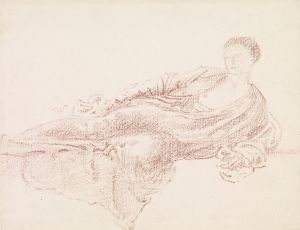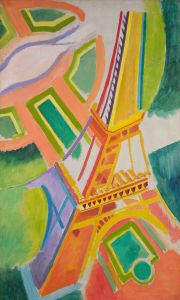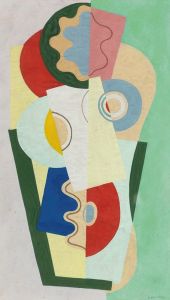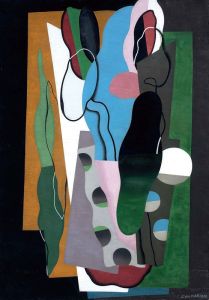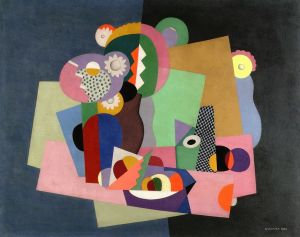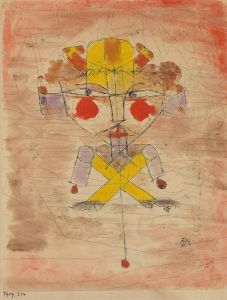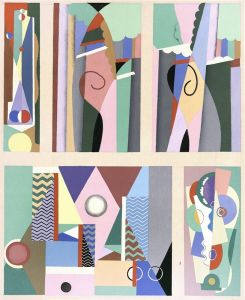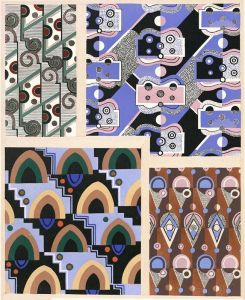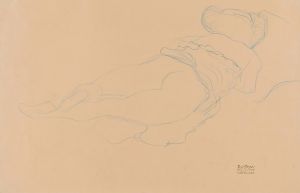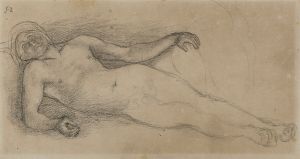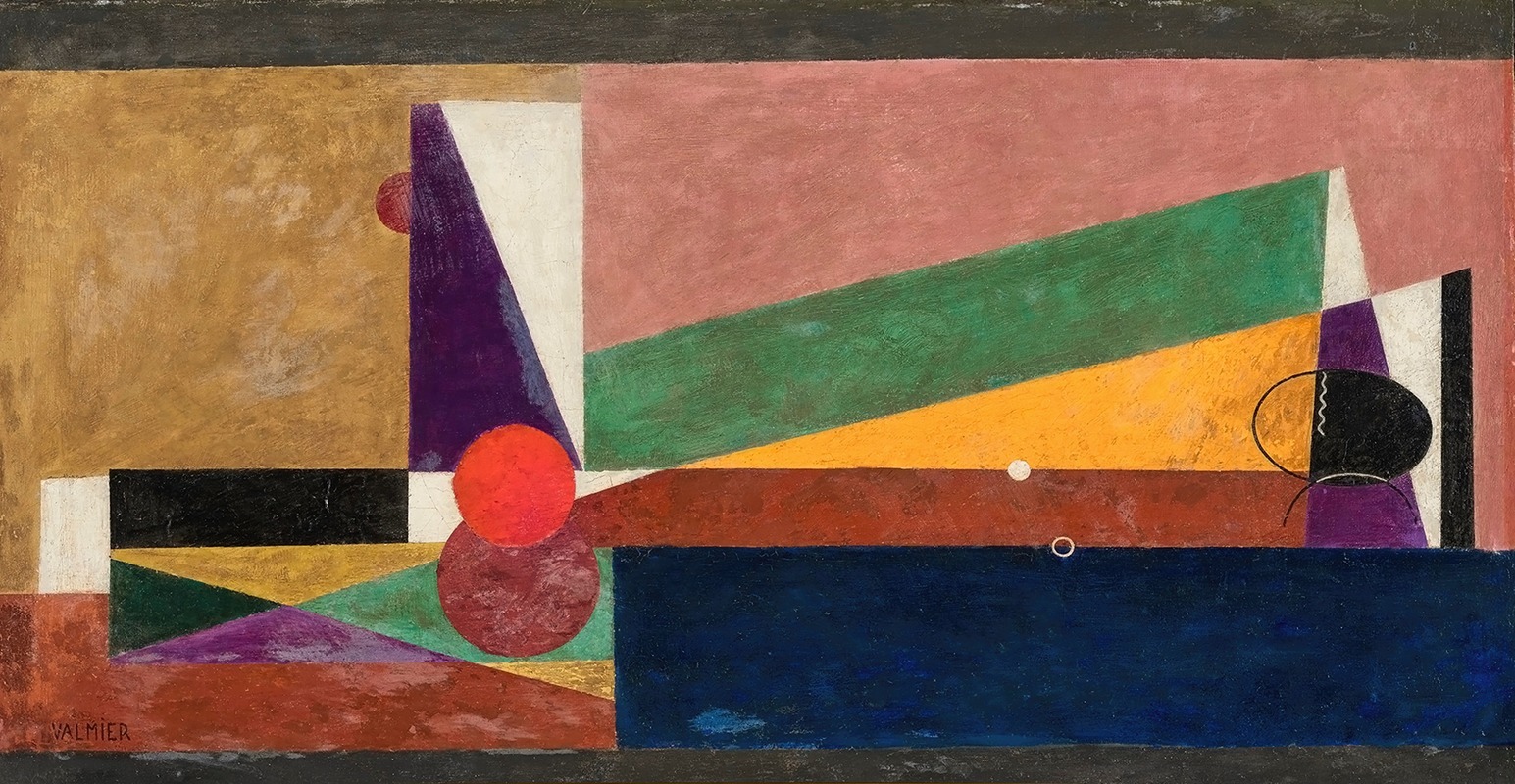
Personnage couché
A hand-painted replica of Georges Valmier’s masterpiece Personnage couché, meticulously crafted by professional artists to capture the true essence of the original. Each piece is created with museum-quality canvas and rare mineral pigments, carefully painted by experienced artists with delicate brushstrokes and rich, layered colors to perfectly recreate the texture of the original artwork. Unlike machine-printed reproductions, this hand-painted version brings the painting to life, infused with the artist’s emotions and skill in every stroke. Whether for personal collection or home decoration, it instantly elevates the artistic atmosphere of any space.
Georges Valmier (1885–1937) was a French painter known for his contributions to the Cubist movement. His work, "Personnage couché," is one of the many pieces that exemplify his unique approach to Cubism, characterized by vibrant colors and geometric abstraction. Valmier's artistic journey began with Impressionism, but he soon transitioned to Cubism, influenced by the works of Pablo Picasso and Georges Braque.
"Personnage couché," which translates to "Reclining Figure," showcases Valmier's mature style, where he combines elements of Cubism with his own distinctive use of color and form. Unlike the more monochromatic palettes often associated with early Cubism, Valmier's work is noted for its bold and varied color schemes. This painting is a testament to his ability to blend structure with vivid hues, creating a dynamic composition that captures the viewer's attention.
Valmier's approach to Cubism was less about deconstructing objects into fragmented forms and more about exploring the interplay of color and shape. In "Personnage couché," he employs a series of overlapping geometric shapes to construct the reclining figure, using color to define and separate the different planes. The painting reflects his interest in the harmony of color and form, a theme that runs throughout his body of work.
Throughout his career, Valmier was also influenced by music, which is evident in the rhythmic quality of his compositions. "Personnage couché" can be seen as a visual symphony, where each color and shape contributes to the overall harmony of the piece. This musical influence is a hallmark of Valmier's style, setting him apart from his contemporaries in the Cubist movement.
Valmier's work, including "Personnage couché," was not widely recognized during his lifetime, but he has since been acknowledged as an important figure in the development of abstract art. His paintings are now appreciated for their innovative use of color and form, and they have been exhibited in various museums and galleries around the world.
In addition to painting, Valmier also worked in theater design and textile art, further demonstrating his versatility and creative vision. His contributions to these fields reflect his interest in the application of abstract principles beyond traditional canvas painting.
"Personnage couché" remains a significant example of Valmier's artistic legacy, illustrating his commitment to exploring new dimensions of visual expression. The painting continues to be studied and admired for its bold use of color and its contribution to the evolution of modern art.
Georges Valmier's work, including "Personnage couché," is a testament to his innovative spirit and his role in pushing the boundaries of artistic expression during the early 20th century. His legacy lives on through his paintings, which continue to inspire and influence artists and art enthusiasts alike.





